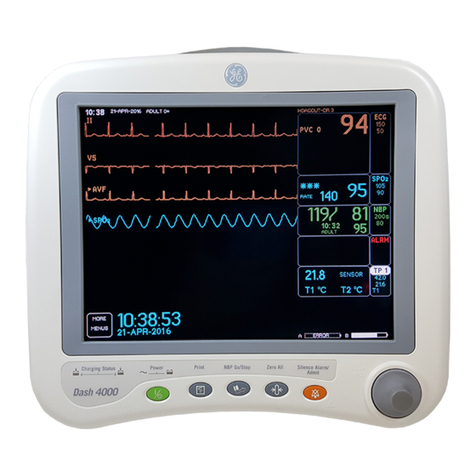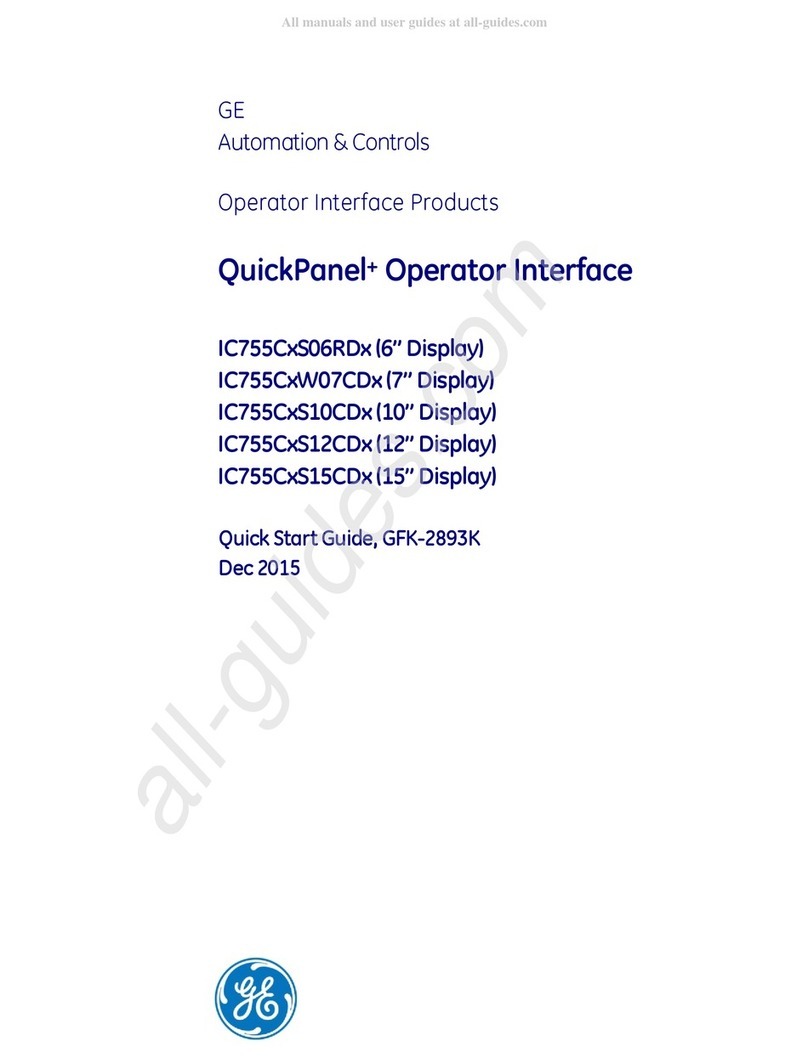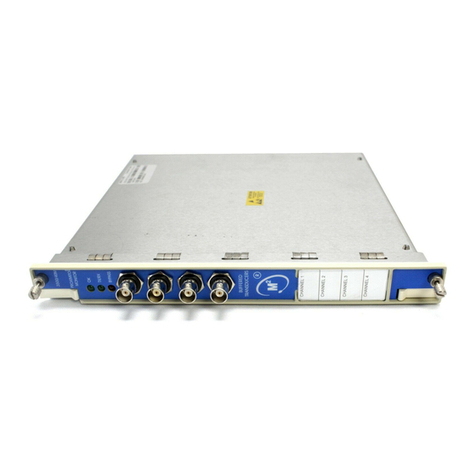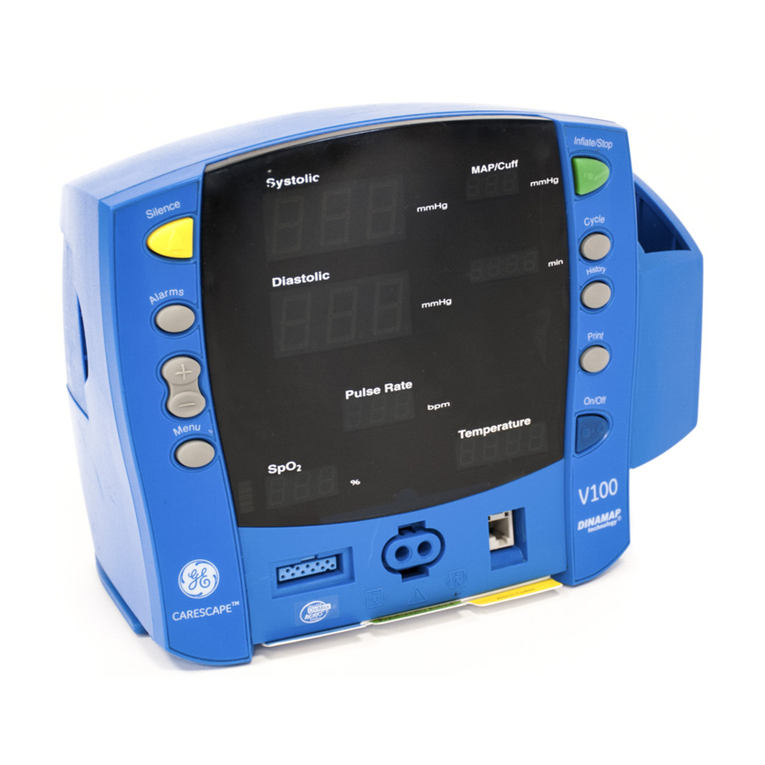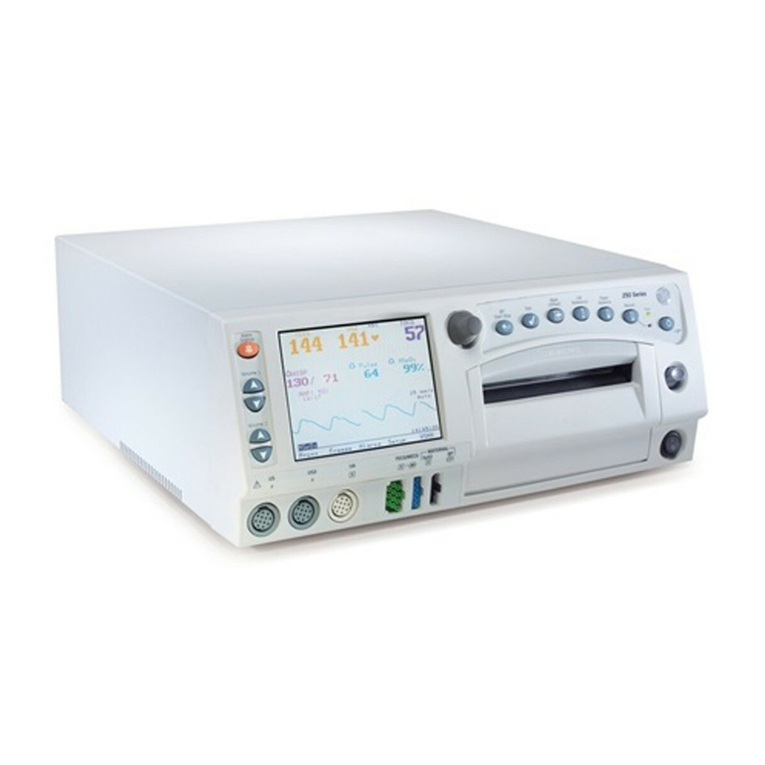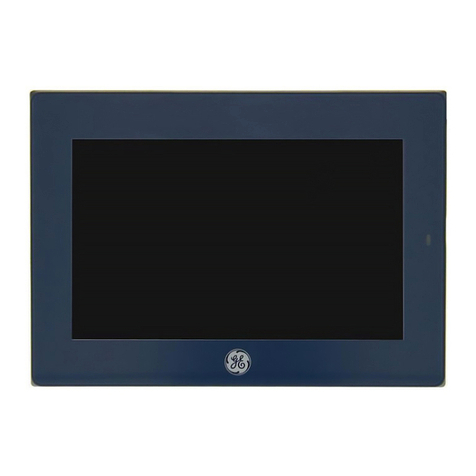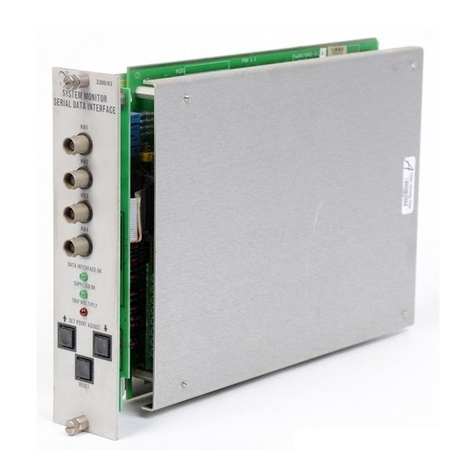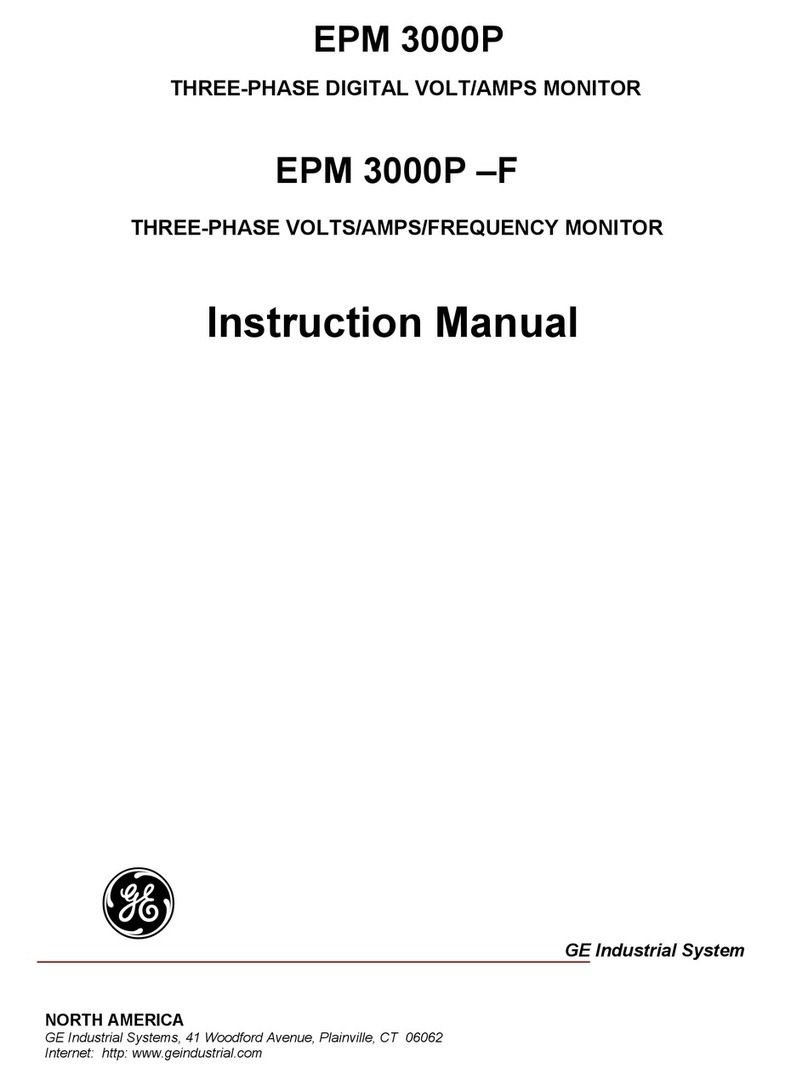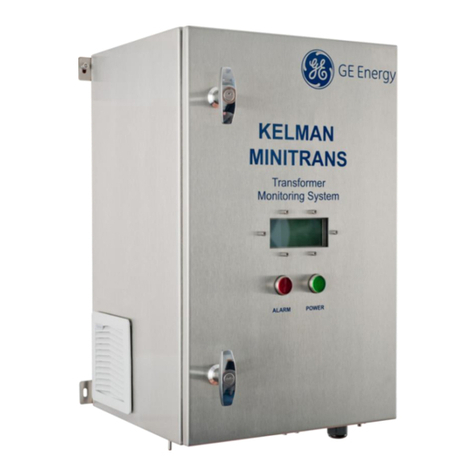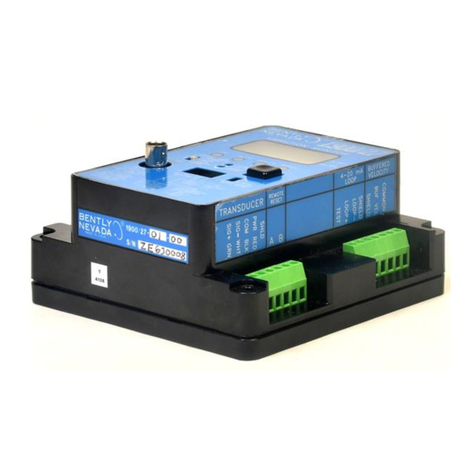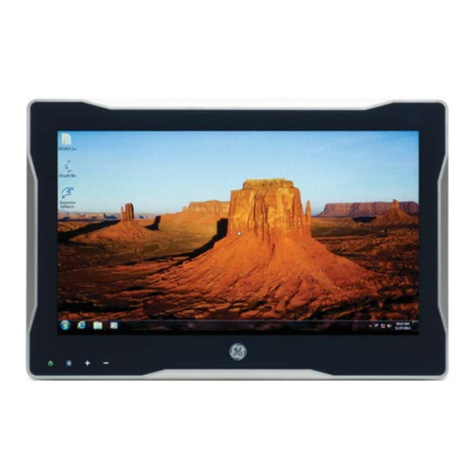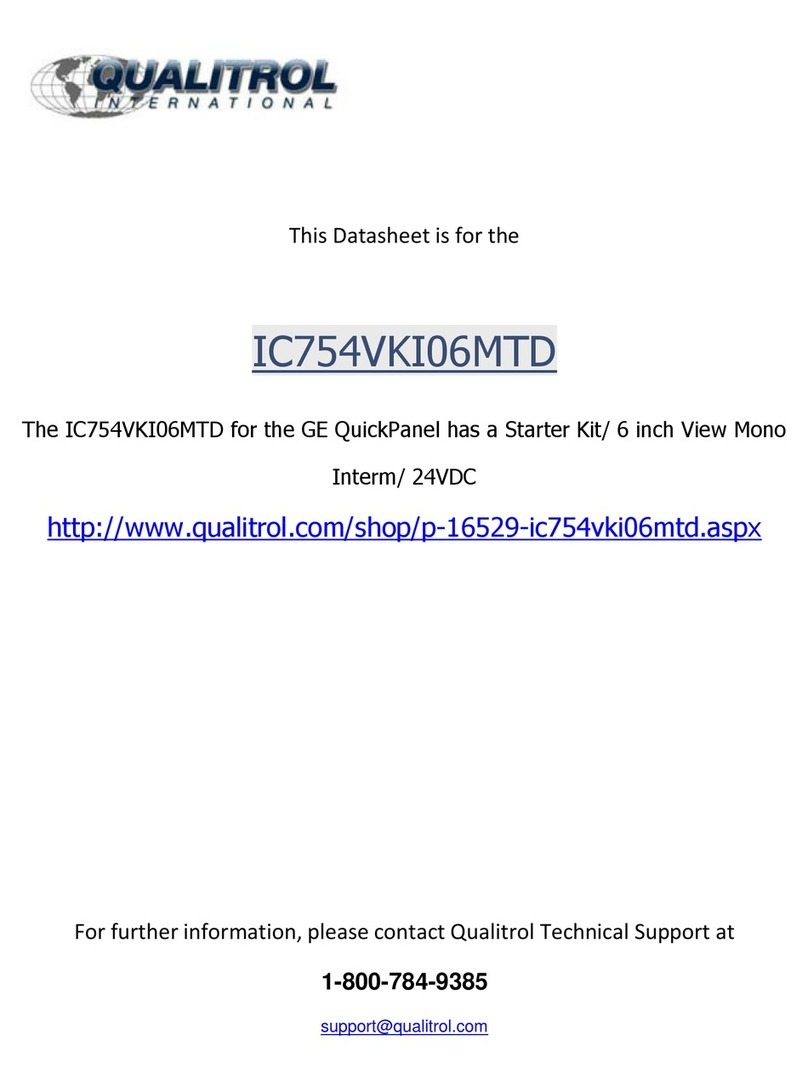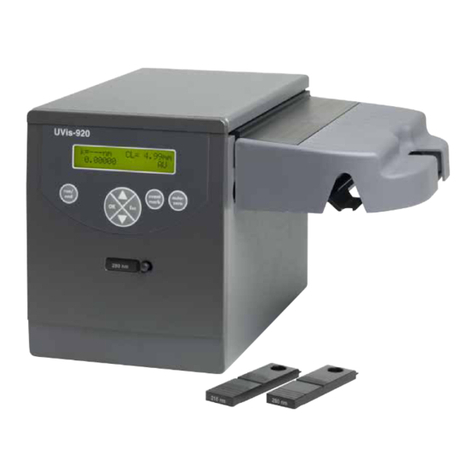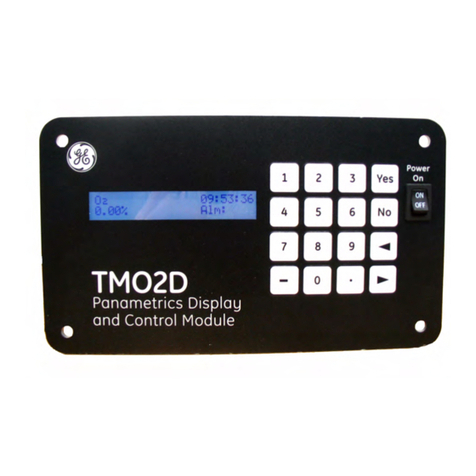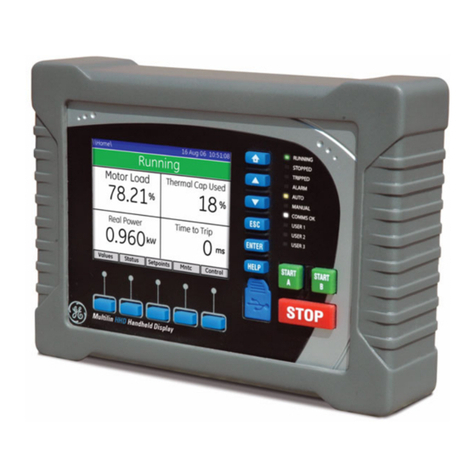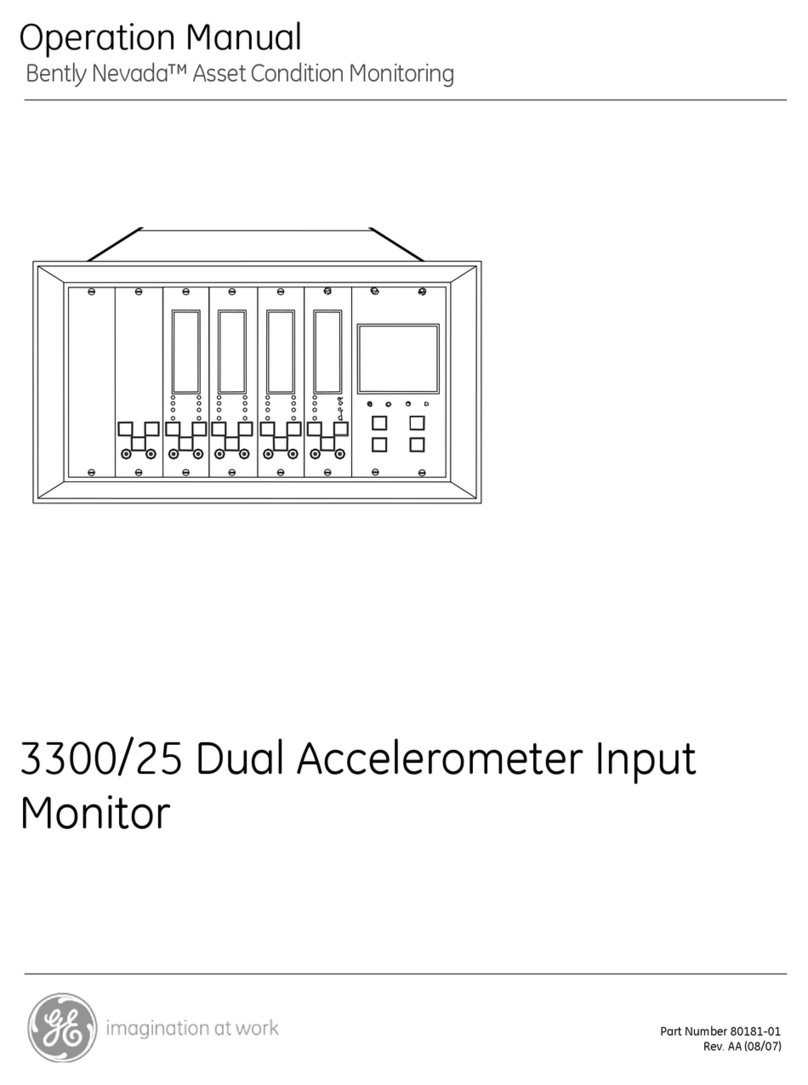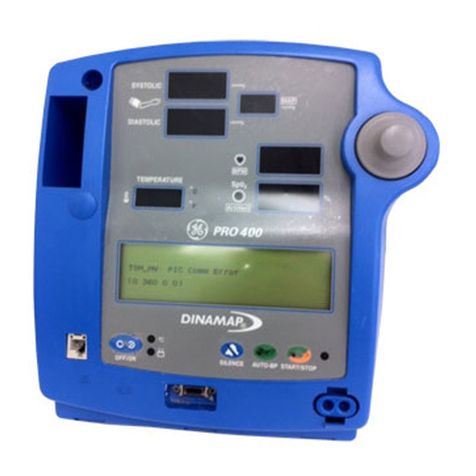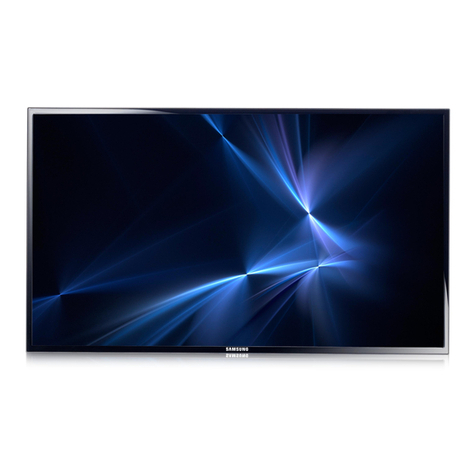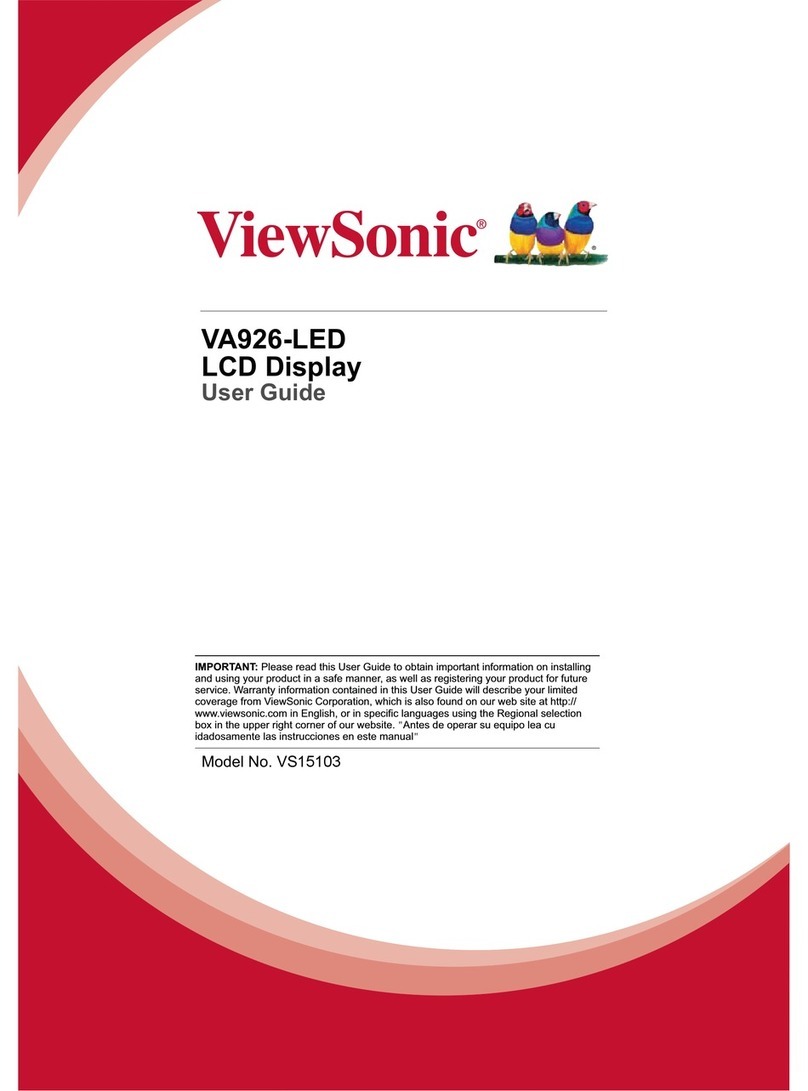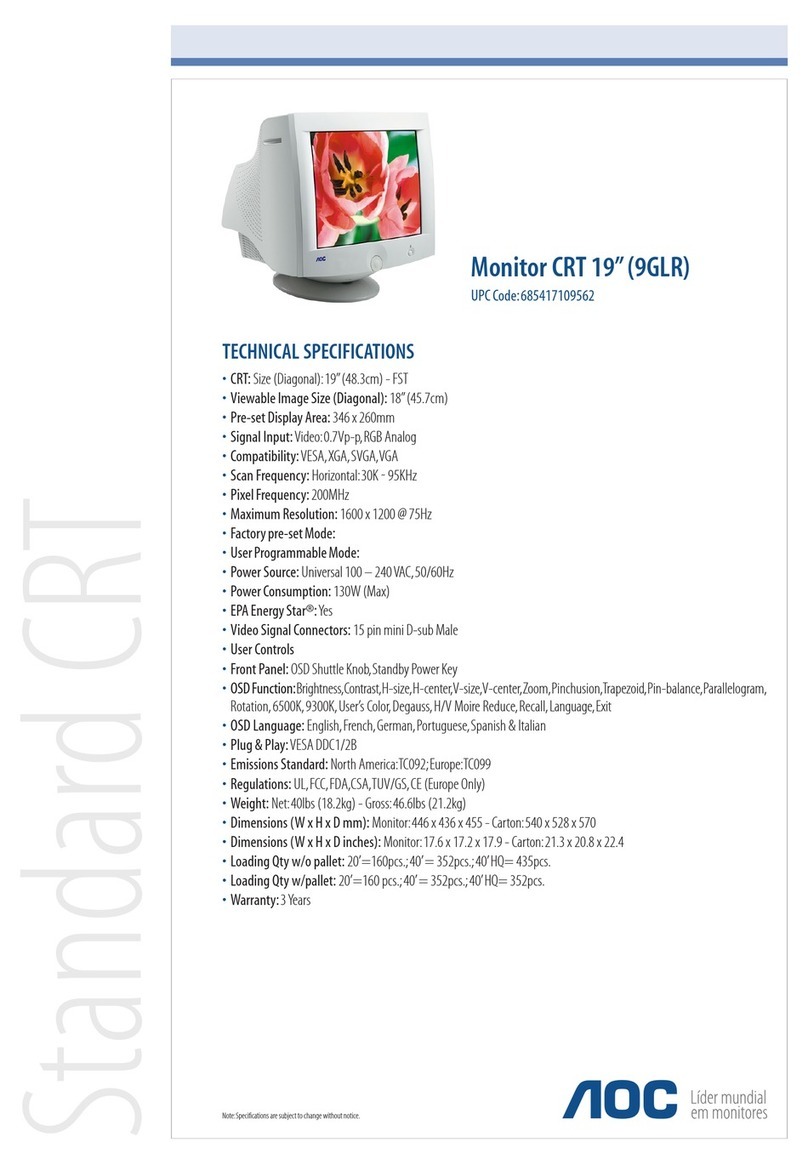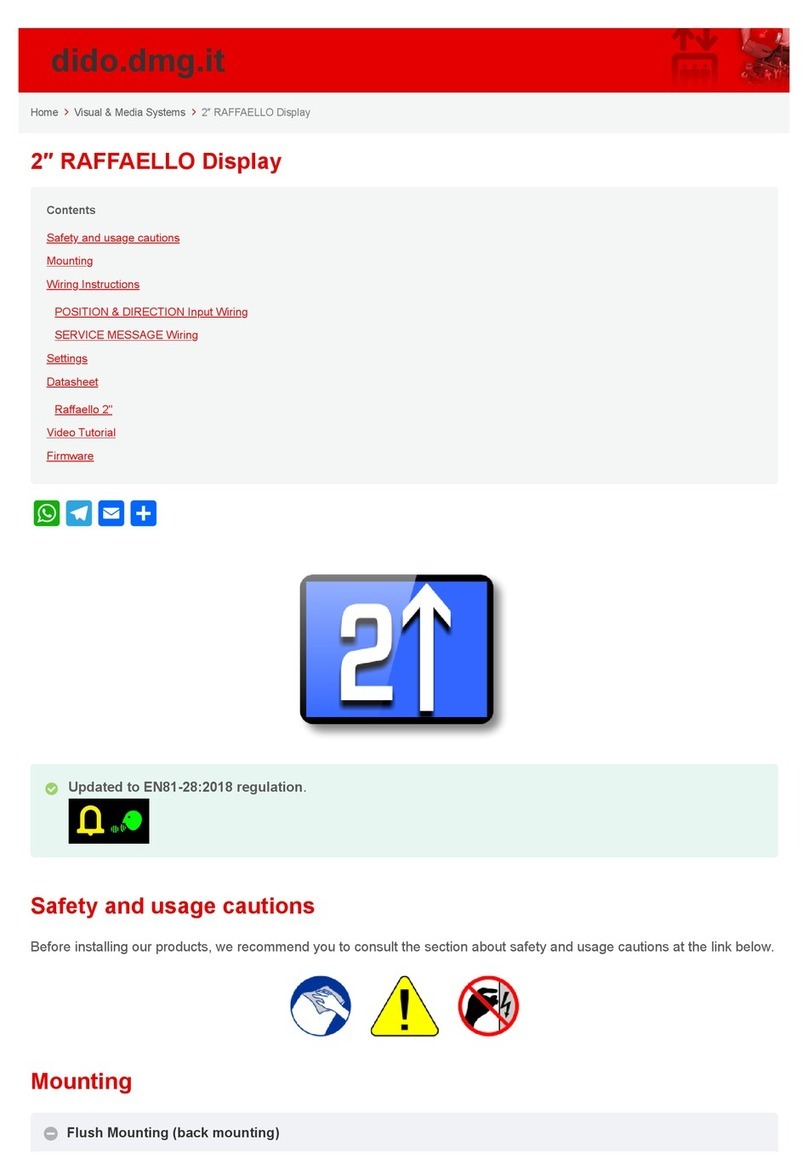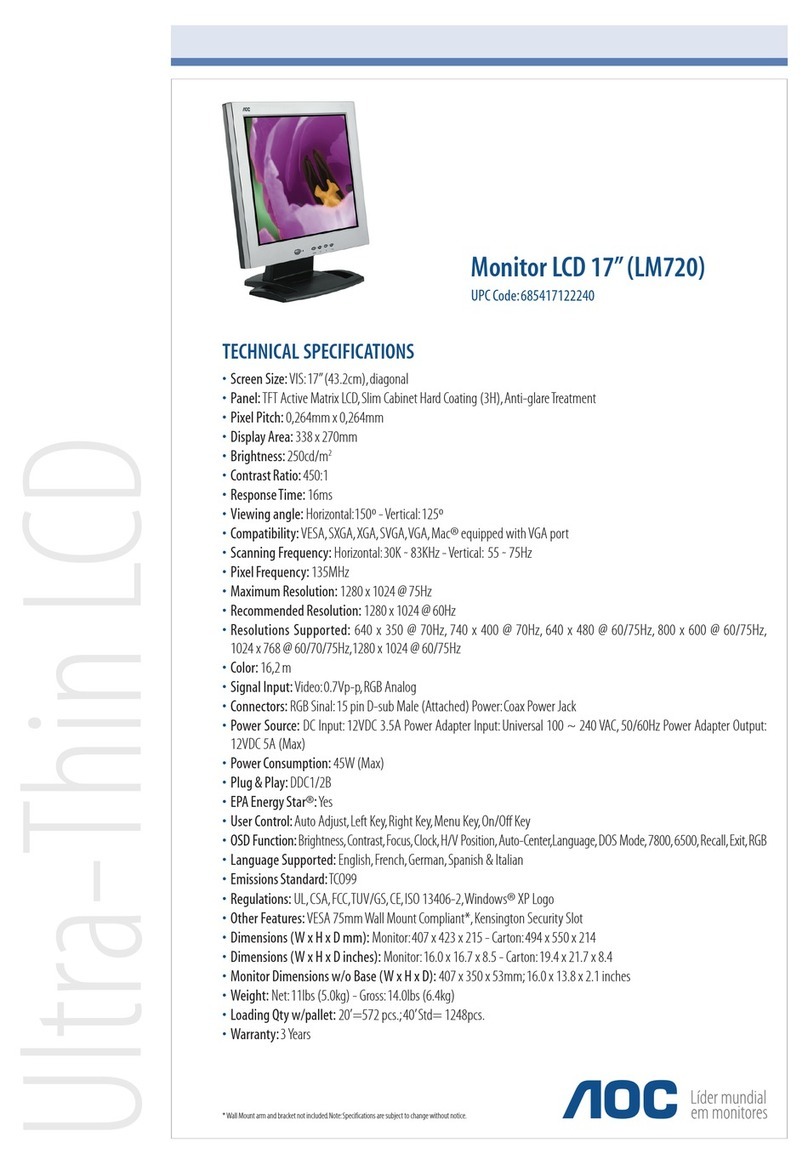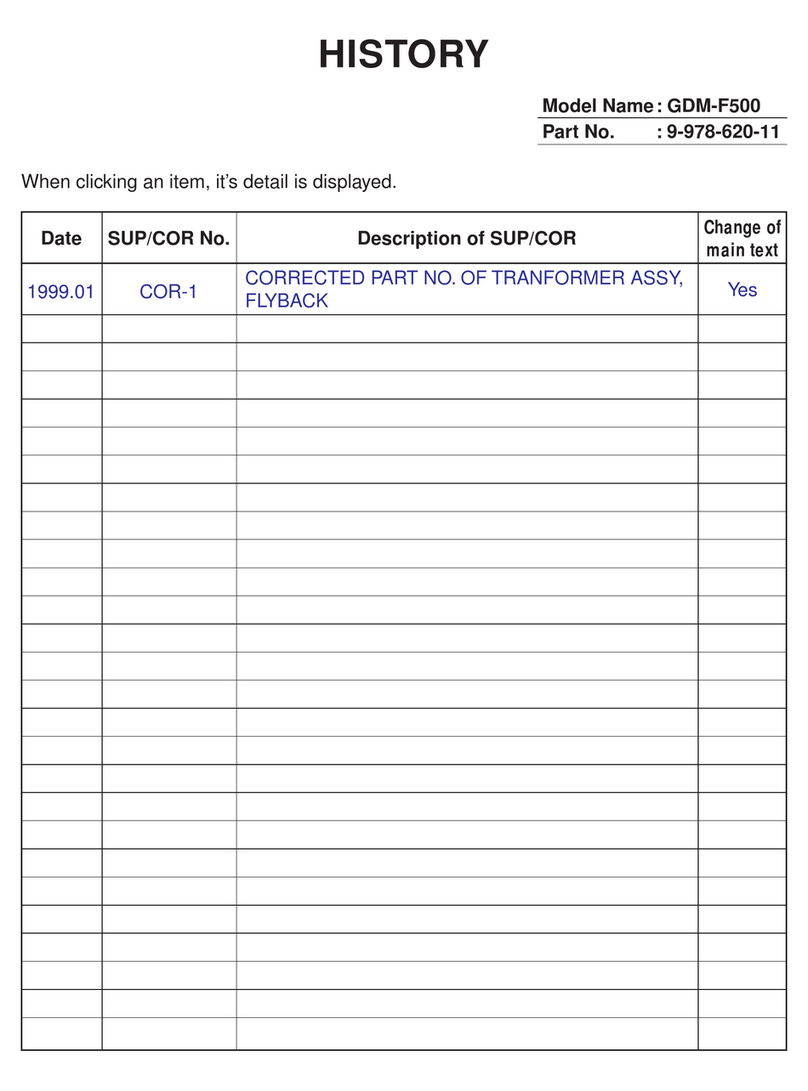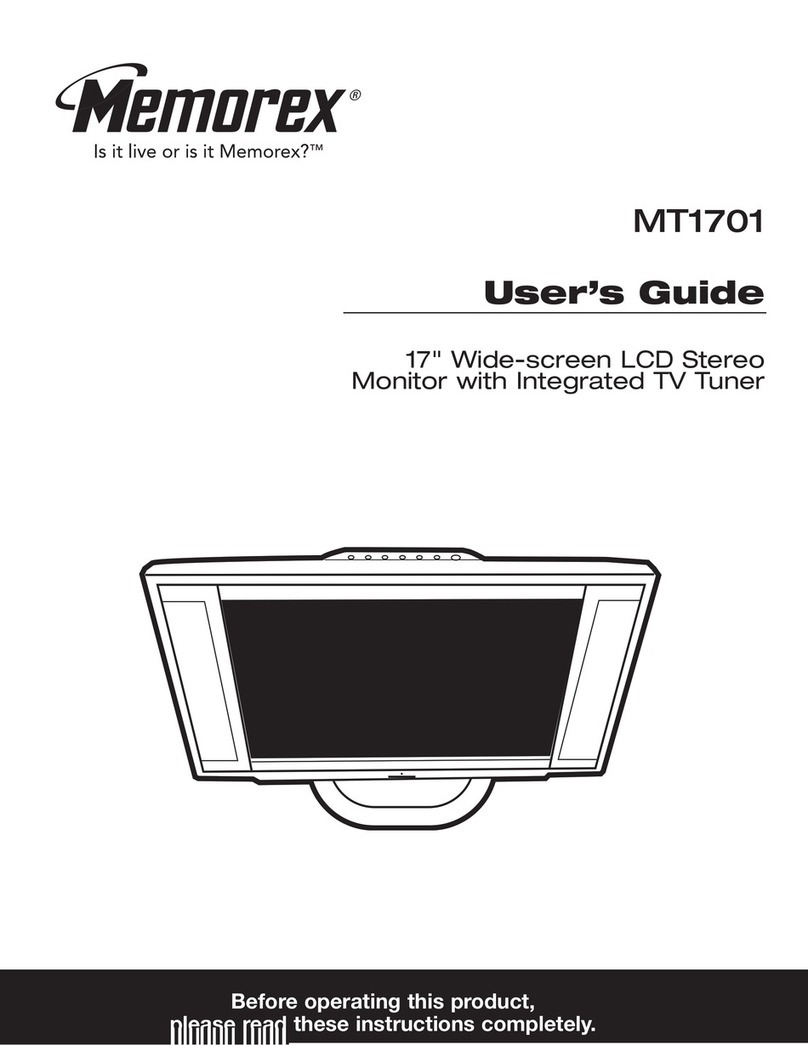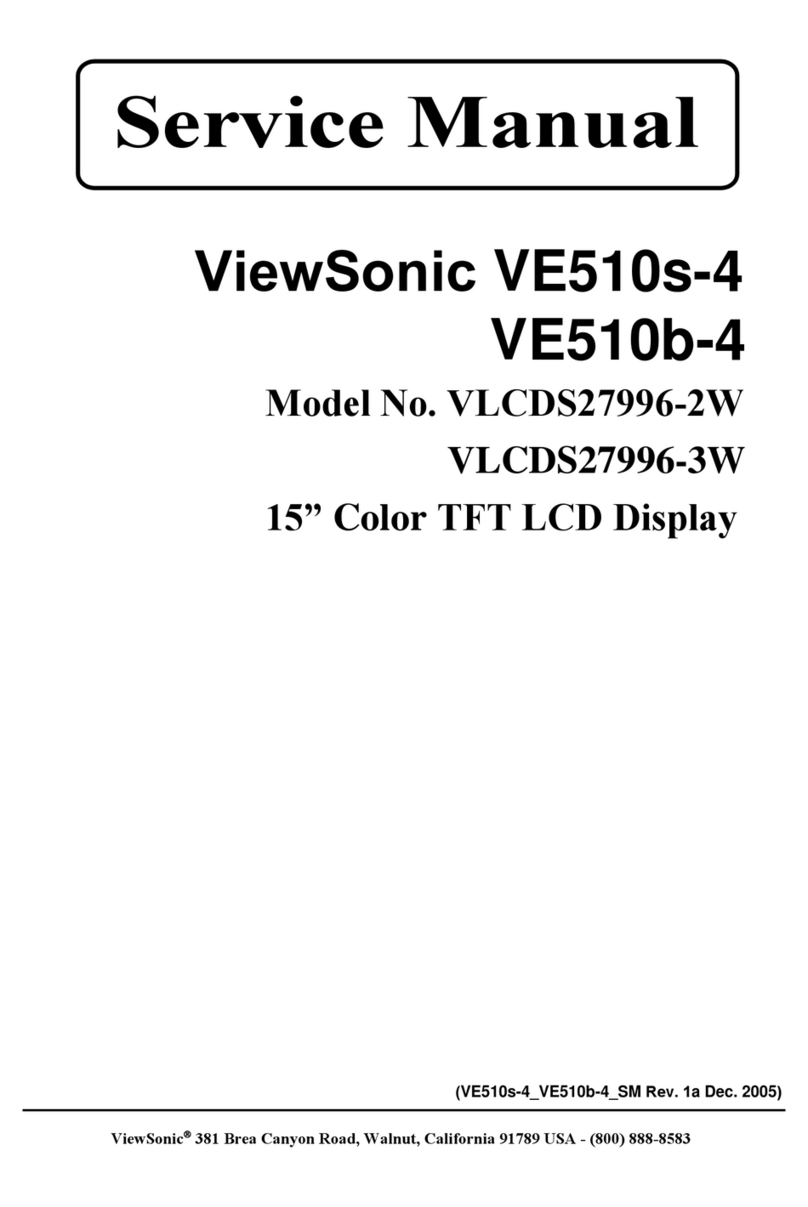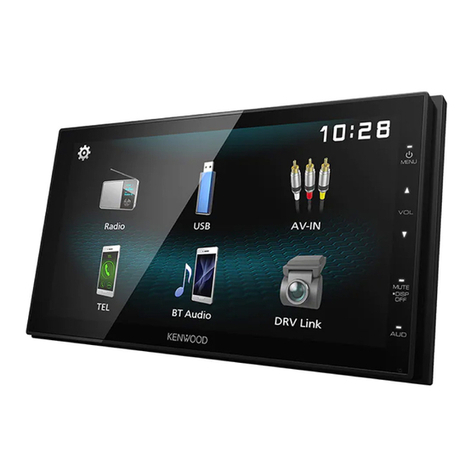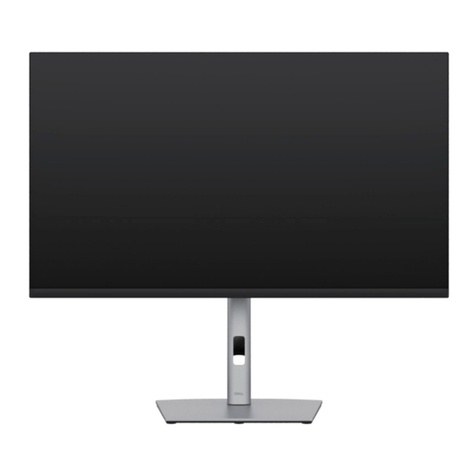
22062665-001 G
4PCD-01 . . . . . . . . . . . . . . . . . . . . . . . . . . . . . . . . . . . . . . 12
PCD-01 description . . . . . . . . . . . . . . . . . . . . . . . . . . . . . . . . . . . . . . . . . . . . . . . 13
IHE Patient Care Device Domain >
Device Enterprise Communication (DEC) Profile > PCD-01 Transaction . 13
OBX-4 . . . . . . . . . . . . . . . . . . . . . . . . . . . . . . . . . . . . . . . . . . . . . . . . . . . . . . . . . . . . . 14
Physiological Monitor . . . . . . . . . . . . . . . . . . . . . . . . . . . . . . . . . . . . . . . . . . . . . . . 14
Containment tree . . . . . . . . . . . . . . . . . . . . . . . . . . . . . . . . . . . . . . . . . . . . . . 14
VMD Reference IDs, MDC Codes, and Containment Trees . . . . . . . . . 16
5Sample Messages . . . . . . . . . . . . . . . . . . . . . . . . . . . . 17
HL7 minimal lower layer protocol . . . . . . . . . . . . . . . . . . . . . . . . . . . . . . . . . . 18
Interface data content . . . . . . . . . . . . . . . . . . . . . . . . . . . . . . . . . . . . . . . . . . . . 18
Transactions from the B40i monitor HL7 interface . . . . . . . . . . . . . . . . . . . 18
Result reporting messages (ORU) . . . . . . . . . . . . . . . . . . . . . . . . . . . . . . . . . . . . 18
Overview . . . . . . . . . . . . . . . . . . . . . . . . . . . . . . . . . . . . . . . . . . . . . . . . . . . . . . 18
Result Message Composition . . . . . . . . . . . . . . . . . . . . . . . . . . . . . . . . . . . 18
Result Message Examples . . . . . . . . . . . . . . . . . . . . . . . . . . . . . . . . . . . . . . 19
Application High Level Acknowledgment Messages . . . . . . . . . . . . . . . . . . 24
Overview . . . . . . . . . . . . . . . . . . . . . . . . . . . . . . . . . . . . . . . . . . . . . . . . . . . . . . 24
Acknowledgment Message Composition . . . . . . . . . . . . . . . . . . . . . . . . 24
Acknowledgment Message Examples . . . . . . . . . . . . . . . . . . . . . . . . . . . 25
6HL7 Data Segment Definitions . . . . . . . . . . . . . . . . . 27
Introduction . . . . . . . . . . . . . . . . . . . . . . . . . . . . . . . . . . . . . . . . . . . . . . . . . . . . . 28
Data Segments . . . . . . . . . . . . . . . . . . . . . . . . . . . . . . . . . . . . . . . . . . . . . . . . . . 30
MSH — Message Header Segment . . . . . . . . . . . . . . . . . . . . . . . . . . . . . . . . . . 30
MSA — Message Acknowledgment . . . . . . . . . . . . . . . . . . . . . . . . . . . . . . . . . . 31
PID — Patient Identification . . . . . . . . . . . . . . . . . . . . . . . . . . . . . . . . . . . . . . . . . 31
PV1 — Patient Visit . . . . . . . . . . . . . . . . . . . . . . . . . . . . . . . . . . . . . . . . . . . . . . . . . 33
OBR — Observation Request (To Host) . . . . . . . . . . . . . . . . . . . . . . . . . . . . . . . 35
OBX — Result . . . . . . . . . . . . . . . . . . . . . . . . . . . . . . . . . . . . . . . . . . . . . . . . . . . . . . 35
ASupported parameters . . . . . . . . . . . . . . . . . . . . . . . . . . . . 37
Supported parameters . . . . . . . . . . . . . . . . . . . . . . . . . . . . . . . . . . . . . . . . . . . . 38
HL7 Supported Parameters . . . . . . . . . . . . . . . . . . . . . . . . . . . . . . . . . . . . . . . . . 38
